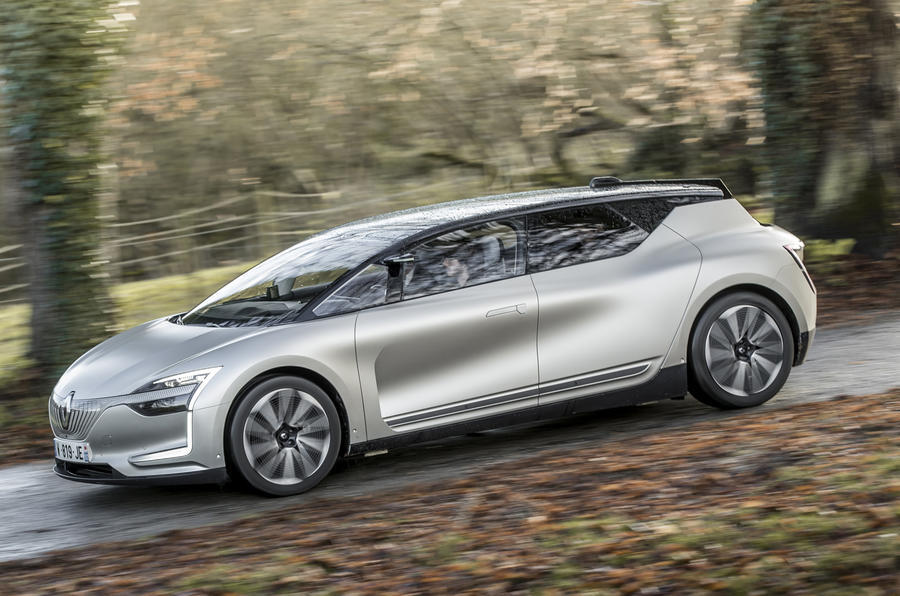Renault will not continue development of high-level autonomous functions for passenger cars, switching focus instead to offering self-driving public transport solutions.
It says it already offers “top-level driving assistance on most of its models” but further development in this area – for passenger cars specifically – is “unlikely for the time being, given current regulations, customer expectations and the cost of the complex technology involved”.
Renault says that in the case of private-use passenger cars, Level 2 or 2+ autonomous features like adaptive cruise control, overtake assist and lane-keep assist help to “make its vehicles safe and pleasant to drive with confidence”.
But there is a “significant technological complexity gap”, Renault says, between these sorts of functions and those that fall under Level 3 categorisation, wherein “the vehicle must be able to operate safely in complex environments with limited driver supervision”.
“At this stage, the induced cost to be borne by customers, in relation to the driving benefits, would make demand insufficient or even anecdotal.”
“Innovation only makes sense if it is shared, economically accessible and genuinely useful to as many people as possible”, Renault said.
In light of that, the company is prioritising the development of high-level autonomous functions for shared public transport solutions, with plans to ultimately offer a ‘robotised electric minibus’ based on the new Renault Master van.
The move away from autonomous cars comes roughly seven years after Renault revealed the radical Symbioz concept as a showcase of its vision for what a Level 4-capable private car would look like in 2030 – complete with a retracting steering wheel and a VR headset for entertainment on the move.

The firm says its new generation of self-driving minibus will be able to operate “24/7 in complete safety”, providing a “zero-emission alternative or an efficient complement to existing solutions” like trains, trams and conventional buses.